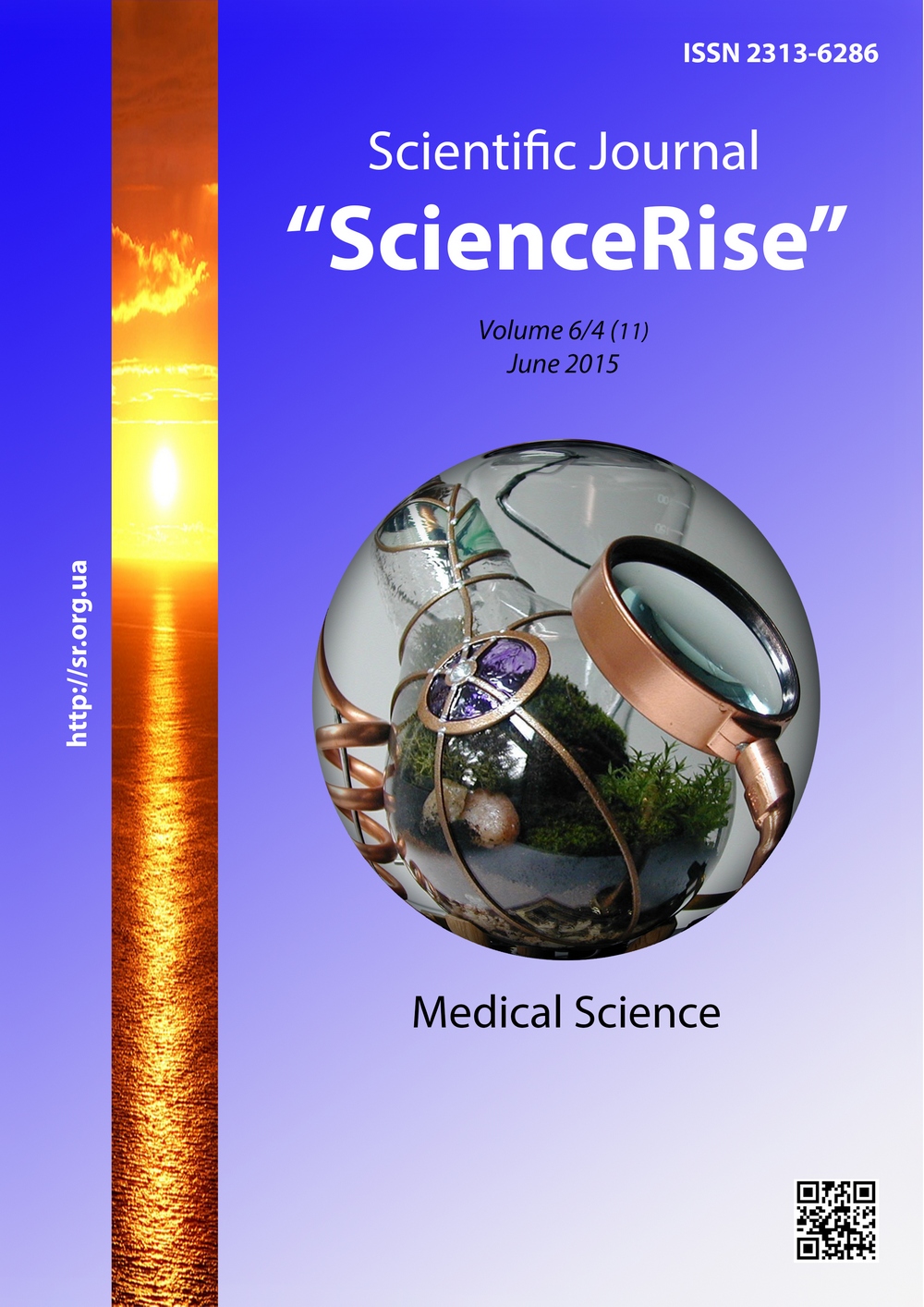Дитина в шоковому стані в приймальному відділенні: класифікація, механізми та лікування
DOI:
https://doi.org/10.15587/2313-8416.2015.45471Ключові слова:
діти, грудний вік, шок, механізми розвитку, лікування, сепсис, приймальне відділенняАнотація
Шок у дітей є загрозливим для життя станом, який нелегко діагностувати при госпіталізації. На прикладі клінічного випадку септичного шоку показано актуальність проблеми. Із врахуванням віку описано механізми шоку. Наведені сучасні рекомендації лікування септичного шоку. Представлено прості алгоритми дій з акцентом на ретельне спостереження і ранню діагностику, що дозволяє знизити тяжкість захворюванняПосилання
Biarent, D., Bingham, R., Eich, C., López-Herce, J., Maconochie, I., Rodríguez-Núñez, A. et. al. (2010). European Resuscitation Council Guidelines for Resuscitation 2010 Section 6. Paediatric life support. Resuscitation, 81 (10), 1364–1388. doi: 10.1016/j.resuscitation.2010.08.012
Biarenta, D., Binghamb, R., Eichc, C., López-Herced, J., Maconochiee, I., Rodríguez-Núñezf, A., omas Rajkag, Th., Zidemanh, D. (2004). Zaawansowane zabiegi resuscytacyjne u dzieci. Wytyczne resuscytacji, 72 (3-4), 143–149. Available at: http://www.prc.krakow.pl/2010/06.pdf
Dellinger, R. P., Levy, M. M., Rhodes, A., Annane, D., Gerlach, H., Opal, S. M. et. al. (2013). Surviving Sepsis Campaign: International Guidelines for Management of Severe Sepsis and Septic Shock, 2012. Intensive Care Medicine, 39 (2), 165–228. doi: 10.1007/s00134-012-2769-8
Nichols, D. G. et. al. (2013). Złota godzina. Algorytmy postępowania w stanach naglących u dzieci. Wyd. I polskie, Elsevier Urban & Partner, Wrocław.
Georgijanc, M. A., Korsunov, V. A. (2010). Septicheskij shok u detej. Principy diagnostiki i intensivnoj terapii., Zolotye stranicy, Har'kov, 257.
Mihel'son, V. A., Sidorov, V. A., Stepanenko, S. M. (2007). Anestezija i intensivnaja terapija v pediatrii (kratkoe prakticheskoe rukovodstvo). Moscow, 125.
##submission.downloads##
Опубліковано
Номер
Розділ
Ліцензія
Авторське право (c) 2015 Равіч Maрцін, Володимир Андрійович Пайкуш

Ця робота ліцензується відповідно до Creative Commons Attribution 4.0 International License.
Наше видання використовує положення про авторські права Creative Commons CC BY для журналів відкритого доступу.
Автори, які публікуються у цьому журналі, погоджуються з наступними умовами:
1. Автори залишають за собою право на авторство своєї роботи та передають журналу право першої публікації цієї роботи на умовах ліцензії Creative Commons CC BY, котра дозволяє іншим особам вільно розповсюджувати опубліковану роботу з обов'язковим посиланням на авторів оригінальної роботи та першу публікацію роботи у цьому журналі.
2. Автори мають право укладати самостійні додаткові угоди щодо неексклюзивного розповсюдження роботи у тому вигляді, в якому вона була опублікована цим журналом (наприклад, розміщувати роботу в електронному сховищі установи або публікувати у складі монографії), за умови збереження посилання на першу публікацію роботи у цьому журналі.

